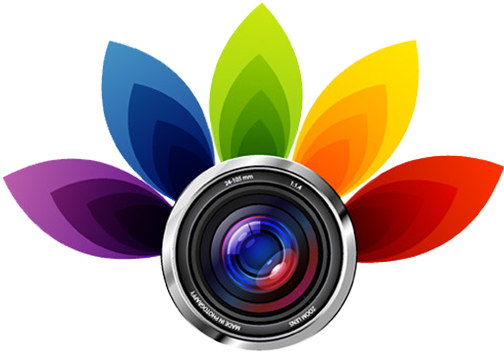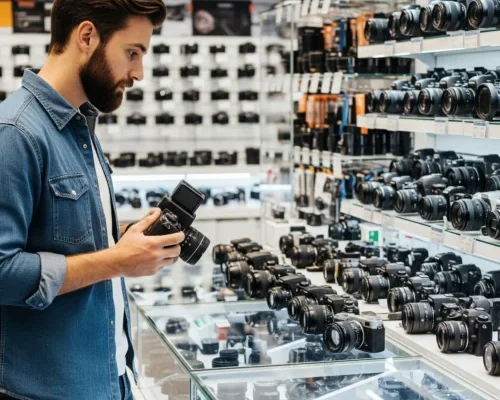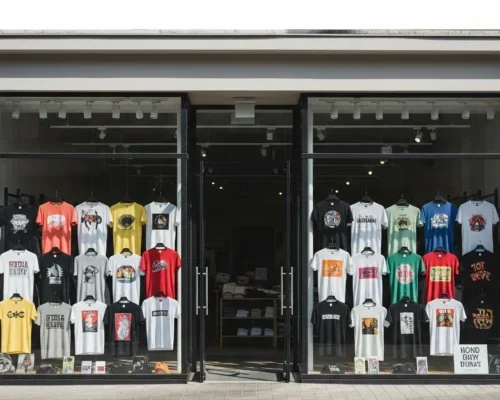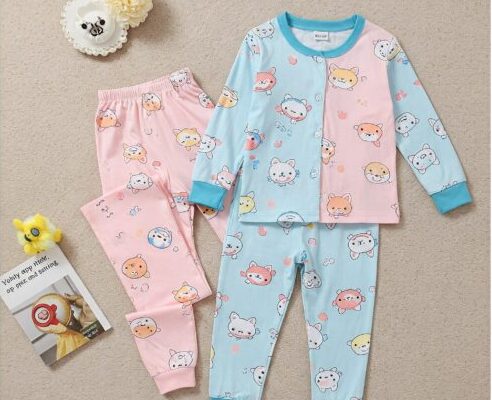Finding your dream camera can be tricky with so many models and features out there…
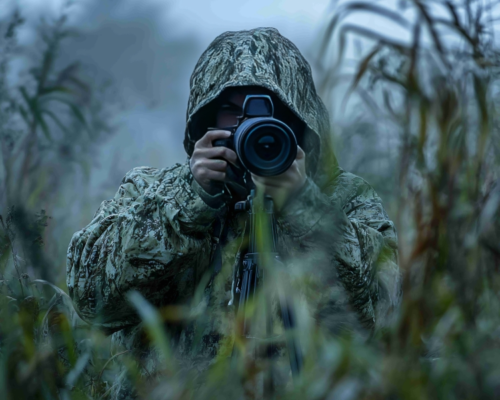
The Perfect Outfit for Wildlife Photographers
Wildlife photography takes patience, skill, and the right clothing to stay comfortable and ready in nature. The perfect outfit for wildlife photographers helps you move easily, blend in with your surroundings, and stay protected from the weather. If you’re walking through forests, waiting in open fields, or hiking on rough trails, wearing the right clothes can make your experience much easier.
A good wildlife photography outfit includes light, breathable clothes to keep you dry, camouflage or neutral colors to avoid scaring animals, and strong boots for rough ground. A waterproof jacket helps in the rain, while gloves and hats keep you comfortable in cold or hot weather. Some photographers even wear a ghillie suit to stay hidden. With the right clothing, you can focus on taking great wildlife photos without feeling uncomfortable or distracted.
Lightweight, Breathable Cargo Pants
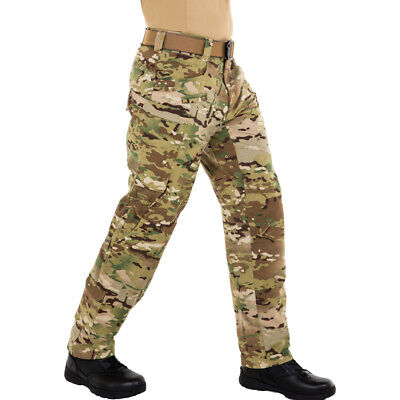 When spending a long time outdoors, comfort and flexibility are important. Lightweight, breathable cargo pants are great for wildlife photography because they let you move freely while keeping you cool. Made from quick drying, sweat wicking fabric, these pants help control your body temperature, if you’re hiking in the sun or crouching in wet grass. Unlike heavy jeans or tight pants, cargo pants make it easy to move over different terrains without feeling uncomfortable.
When spending a long time outdoors, comfort and flexibility are important. Lightweight, breathable cargo pants are great for wildlife photography because they let you move freely while keeping you cool. Made from quick drying, sweat wicking fabric, these pants help control your body temperature, if you’re hiking in the sun or crouching in wet grass. Unlike heavy jeans or tight pants, cargo pants make it easy to move over different terrains without feeling uncomfortable.
One of the best things about cargo pants is their many pockets. Wildlife photographers often carry small items like lens caps, memory cards, or snacks. With deep, secure pockets, you can keep your important things close and avoid opening your backpack all the time. Some cargo pants also have zip off legs, so you can turn them into shorts when it’s hot, making them even more useful for outdoor adventures.
Another great thing about these pants is that they are strong and long lasting. Made from hard wearing fabric, they can handle rough conditions like walking through bushes or sitting on rocks. Many also have built in sun protection to keep your skin safe from harmful rays. With their comfort, usefulness, and durability, lightweight cargo pants are a must have for any wildlife photographer who wants to stay focused on taking great photos.
Moisture Wicking Base Layer
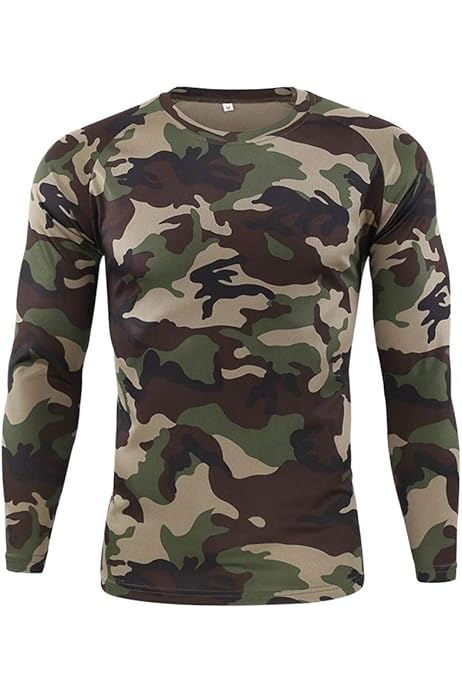 When taking wildlife photos, you might spend hours outside, moving through different temperatures and weather. A moisture-wicking base layer is important because it helps control your body temperature and keeps sweat off your skin. Unlike cotton shirts that soak up sweat and stay wet, a good base layer dries fast, keeping you comfortable if you’re hiking, crouching, or waiting for the perfect shot.
When taking wildlife photos, you might spend hours outside, moving through different temperatures and weather. A moisture-wicking base layer is important because it helps control your body temperature and keeps sweat off your skin. Unlike cotton shirts that soak up sweat and stay wet, a good base layer dries fast, keeping you comfortable if you’re hiking, crouching, or waiting for the perfect shot.
This type of clothing is light and breathable, letting air move through to keep you from getting too hot. No matter if you’re in a warm jungle or a cold mountain, a moisture wicking base layer helps keep you dry. It also stops rubbing and irritation, which can happen when wearing gear for a long time. By staying dry and comfortable, you can focus on taking great wildlife photos without being bothered by discomfort.
Moisture wicking base layers are also very useful because you can wear them in different weather. They work well alone in warm weather or under a jacket when it’s cold. Many are made from special fabrics that help prevent bad smells, which is great for long days outdoors. With a good base layer, wildlife photographers can stay cool, dry, and ready to take amazing photos without worrying about sweat or discomfort.
Camouflage or Neutral Colored Jacket
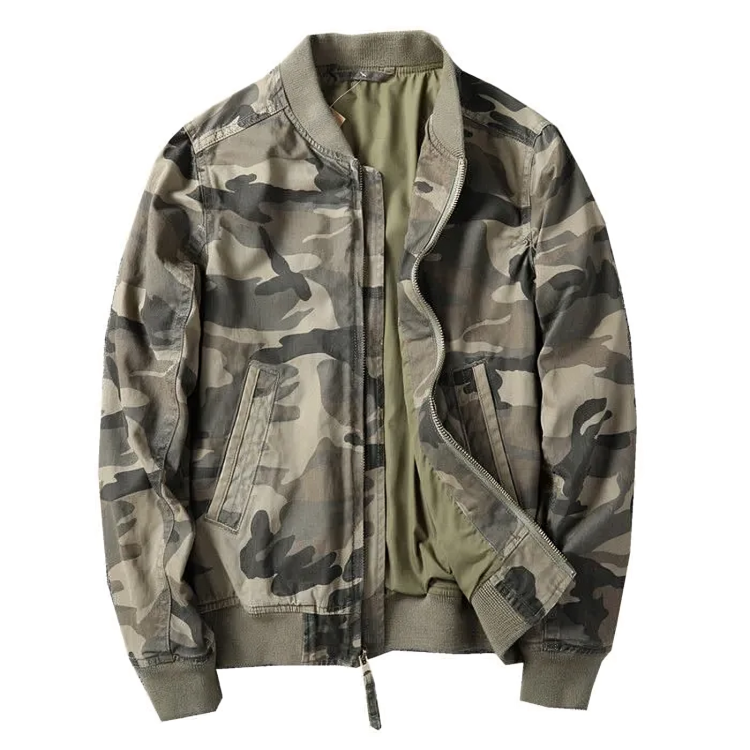 Wildlife photography is about blending into nature, and a camouflage or neutral colored jacket helps you do that. Bright colors can scare animals away, making it harder to get close for a good photo. Wearing natural colors like green, brown, or gray helps you stay unseen, giving you a better chance to watch and take pictures of animals in their natural home. No matter if you’re in a forest, a field, or on rocky ground, the right jacket helps you stay hidden.
Wildlife photography is about blending into nature, and a camouflage or neutral colored jacket helps you do that. Bright colors can scare animals away, making it harder to get close for a good photo. Wearing natural colors like green, brown, or gray helps you stay unseen, giving you a better chance to watch and take pictures of animals in their natural home. No matter if you’re in a forest, a field, or on rocky ground, the right jacket helps you stay hidden.
A good jacket doesn’t just help you blend in it also protects you from the weather. Wildlife photographers spend long hours outside, sometimes in changing conditions. A lightweight but strong jacket keeps you safe from wind, rain, and cold, so you stay comfortable while taking photos. Some jackets are also water resistant, which helps if you get caught in the rain or in a wet area.
A good wildlife photography jacket should be useful and comfortable. It should have plenty of pockets to hold small items like memory cards, lens cloths, or snacks. It should also be breathable so you don’t get too hot while walking for long hours. Some jackets have removable hoods or adjustable sleeves for extra comfort. With the right camouflage or neutral colored jacket, you can focus on taking great wildlife photos without worrying about being noticed or dealing with bad weather.
Convertible Hiking Pants
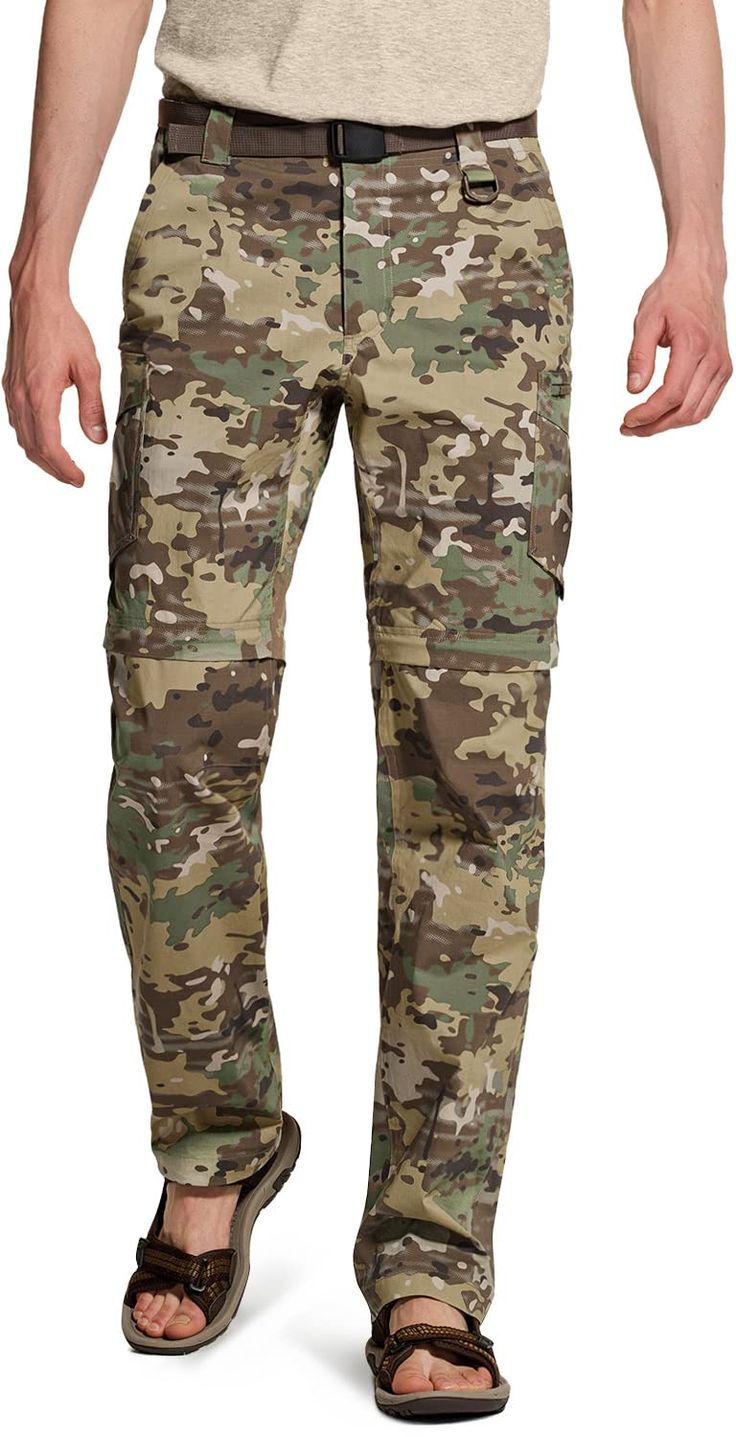 Wildlife photography means walking on different paths and dealing with changing weather. Convertible hiking pants are great because they are flexible and comfortable. These pants have zip off legs, so you can quickly change them from full length pants to shorts when needed. This is helpful if you start your hike in the cool morning and later face the midday heat. Instead of carrying extra clothes, you can easily adjust to the weather while on the move.
Wildlife photography means walking on different paths and dealing with changing weather. Convertible hiking pants are great because they are flexible and comfortable. These pants have zip off legs, so you can quickly change them from full length pants to shorts when needed. This is helpful if you start your hike in the cool morning and later face the midday heat. Instead of carrying extra clothes, you can easily adjust to the weather while on the move.
Another great thing about convertible hiking pants is that they are light and breathable. Made from quick drying fabric, they keep you comfortable even in hot or wet weather. If you get caught in the rain or walk through water, they dry fast, so you don’t stay wet for long. Some pants also pull sweat away from your skin, making them perfect for long hours outdoors.
These pants are not just comfortable they are also practical. They have many pockets, so you can easily carry small items like memory cards, lens cloths, or a notebook. The strong fabric doesn’t tear easily, making them great for rough places. With convertible hiking pants, wildlife photographers can stay comfortable, move easily, and be ready for any weather while focusing on taking photos of nature’s beauty.
Waterproof and Windproof Shell Jacket
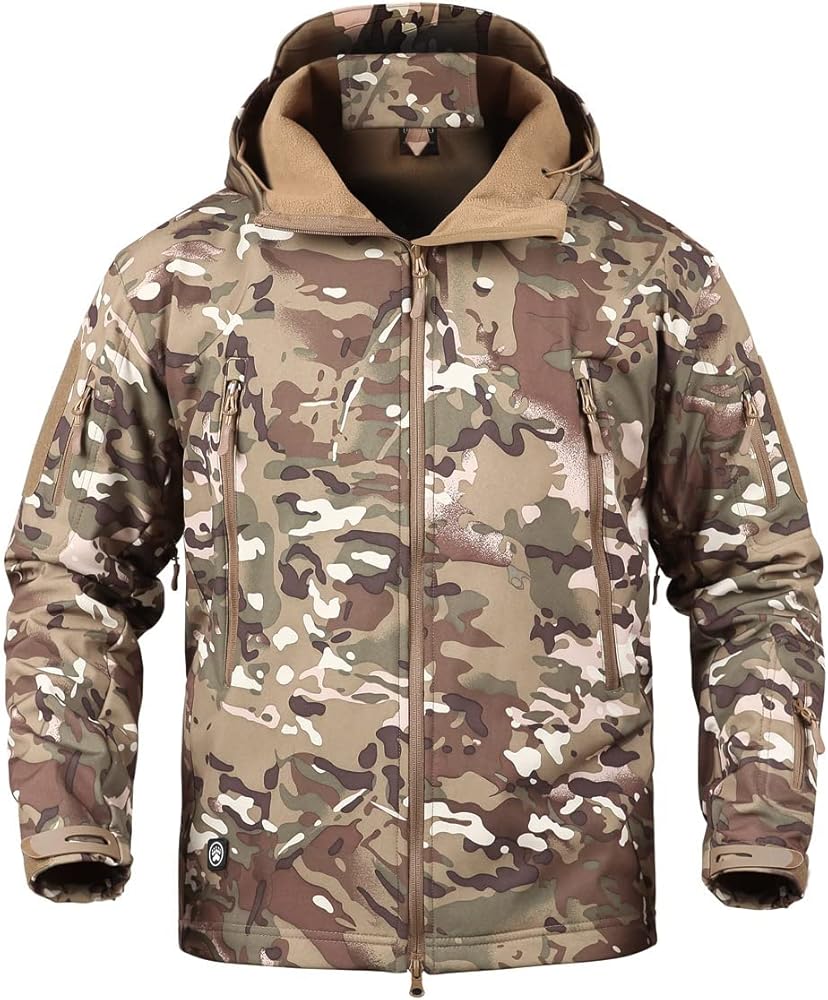 Wildlife photography often means spending hours outside, where the weather can change suddenly. A waterproof and windproof jacket helps keep you dry and warm in rain, wind, or cold. Unlike regular jackets, this one blocks wind and repels water while staying light. This way, you can stay comfortable and focus on taking great wildlife photos without worrying about getting wet or cold.
Wildlife photography often means spending hours outside, where the weather can change suddenly. A waterproof and windproof jacket helps keep you dry and warm in rain, wind, or cold. Unlike regular jackets, this one blocks wind and repels water while staying light. This way, you can stay comfortable and focus on taking great wildlife photos without worrying about getting wet or cold.
One of the best things about a shell jacket is that it lets your body breathe. It keeps you safe from wind and rain but also lets sweat and heat escape, so you don’t overheat during long walks or busy shoots. Many have adjustable hoods, cuffs, and zippers to help you stay comfortable in any weather. No matter if you’re hiking in the wind or standing in the rain for a great shot, a shell jacket keeps you dry and protected.
Shell jackets don’t just protect you from the weather they are also light and easy to pack. You can fold them up and store them in a small space, so they’re easy to carry in your backpack. Some jackets also have pockets for small items like memory cards, gloves, or a lens cloth. With a waterproof and windproof shell jacket, wildlife photographers can stay dry, comfortable, and focused on taking great nature photos in any weather.
Ghillie Suit or Camouflage Overalls
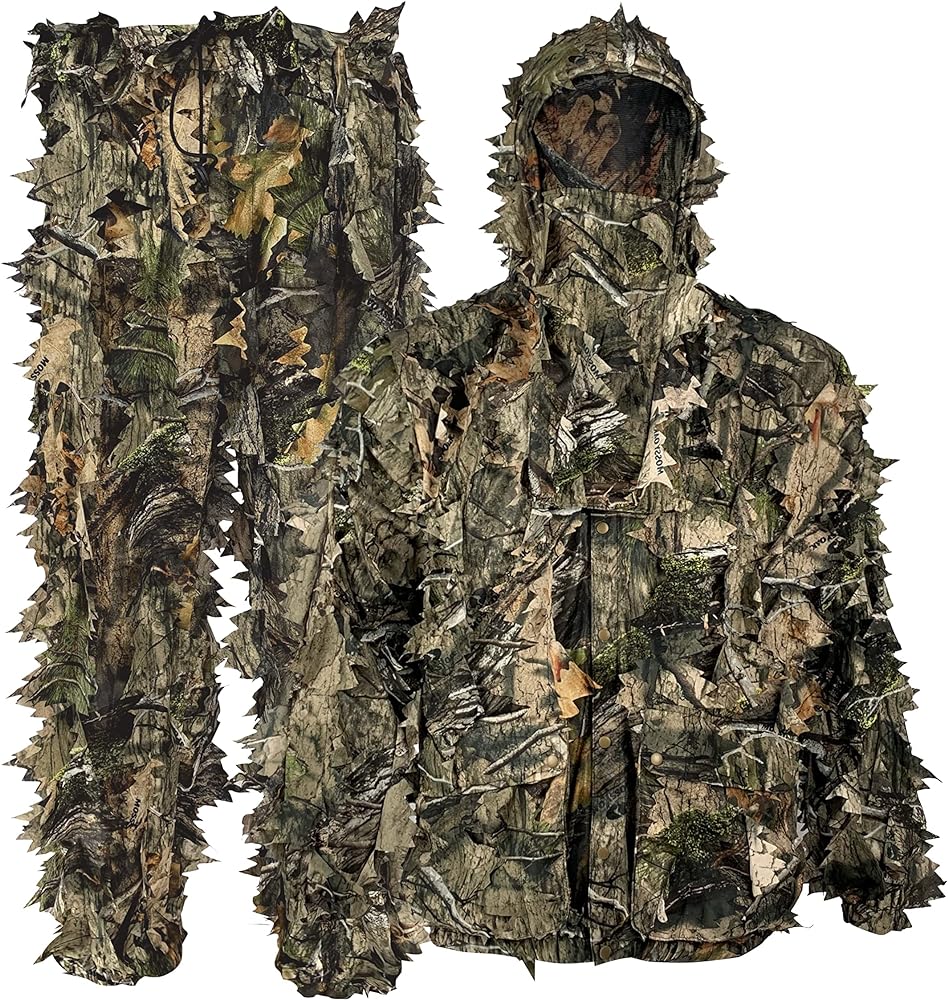
An outfit for wildlife photographers, such as a ghillie suit or camouflage overalls, helps you blend in and take natural, undisturbed shots. These outfits match the colors and textures of nature, looking like grass, leaves, or tree bark, making it easier to get closer to animals without scaring them away. No matter if you’re in a forest, open grassland, or rocky place, wearing camouflage helps you see wildlife up close.
Besides helping you stay hidden, an outfit for wildlife photographers also protects you from the weather. Many camouflage overalls are made from light, breathable fabric that keeps you cool and comfortable during long hours outside. A ghillie suit, with its 3D strips or threads, provides extra cover, making it perfect for photographers who need to stay still for a long time. This is especially helpful when waiting for shy or rare animals to show up.
A good outfit for wildlife photographers is also very useful. Many have pockets to carry small items like memory cards, lens cloths, or snacks. Some are water resistant, helping protect you from light rain or wet ground. With the right outfit, wildlife photographers can stay hidden, feel comfortable, and focus on taking amazing nature photos.
Hiking or Tactical Boots
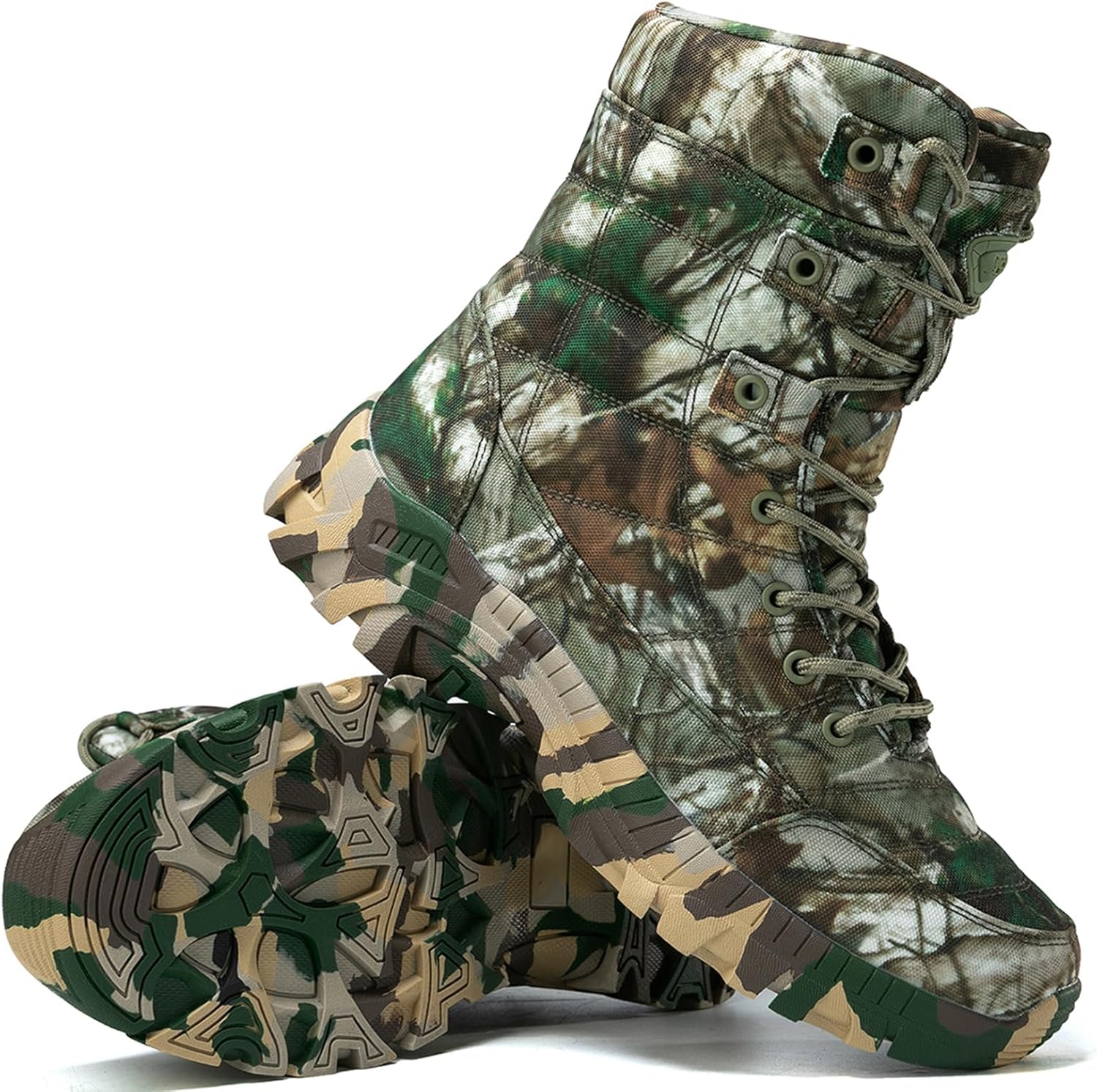
Wildlife photography often means walking on rough and bumpy ground, so good hiking or tactical boots are a must. These boots are stronger and more supportive than regular shoes. If you’re walking through mud, rocks, or thick forests, strong boots help keep your feet safe and comfortable. Slipping or stepping on sharp things can be dangerous, but the right boots let you walk safely and with confidence.
A great thing about hiking and tactical boots is that they are waterproof and breathable. Many wildlife photographers spend hours outside, sometimes in wet or humid places. Waterproof boots keep your feet dry if you step in puddles, wet grass, or small streams. At the same time, breathable materials help keep your feet cool and dry, so you stay comfortable during long walks or photo sessions.
These boots are also made for comfort and safety. They support your ankles, which helps prevent injuries when walking on uneven ground. The strong soles have a good grip to stop you from slipping. Some boots even have extra padding to keep your feet from getting too tired, which is helpful when carrying heavy camera gear. With hiking or tactical boots, wildlife photographers can explore nature easily and focus on taking great photos without worrying about foot pain or injuries.
Sun Protection Hat
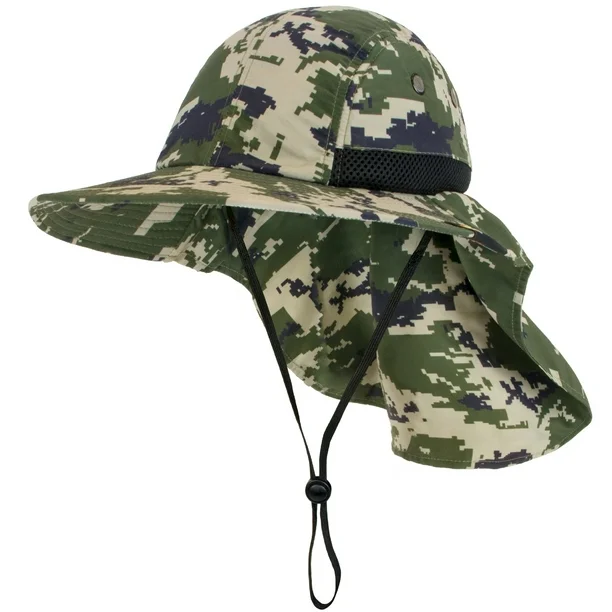 Wildlife photographers spend a lot of time outside in the sun, so a sun hat is a must. It covers your face, neck, and ears, helping to prevent sunburn and overheating. Unlike regular caps, these hats have wide brims or flaps for extra shade, keeping you cool and protected while you wait for the perfect photo.
Wildlife photographers spend a lot of time outside in the sun, so a sun hat is a must. It covers your face, neck, and ears, helping to prevent sunburn and overheating. Unlike regular caps, these hats have wide brims or flaps for extra shade, keeping you cool and protected while you wait for the perfect photo.
These hats are not just for sun protection they are also light and breathable, helping you stay cool. Many are made with special fabric that absorbs sweat, so you stay dry during long walks or photo sessions. Some even have mesh panels for extra airflow, keeping your head cool in hot weather. This makes it easier to focus on taking great photos without feeling too hot.
A sun protection hat is also easy to pack and use in different places. Many can be folded and stored in a backpack, making them great for travel. Some have straps or chin cords to keep them from blowing away in the wind. If you’re taking photos in fields, forests, or near water, this hat helps you stay cool, safe, and focused on getting great wildlife shots.
Fingerless or Touchscreen Gloves
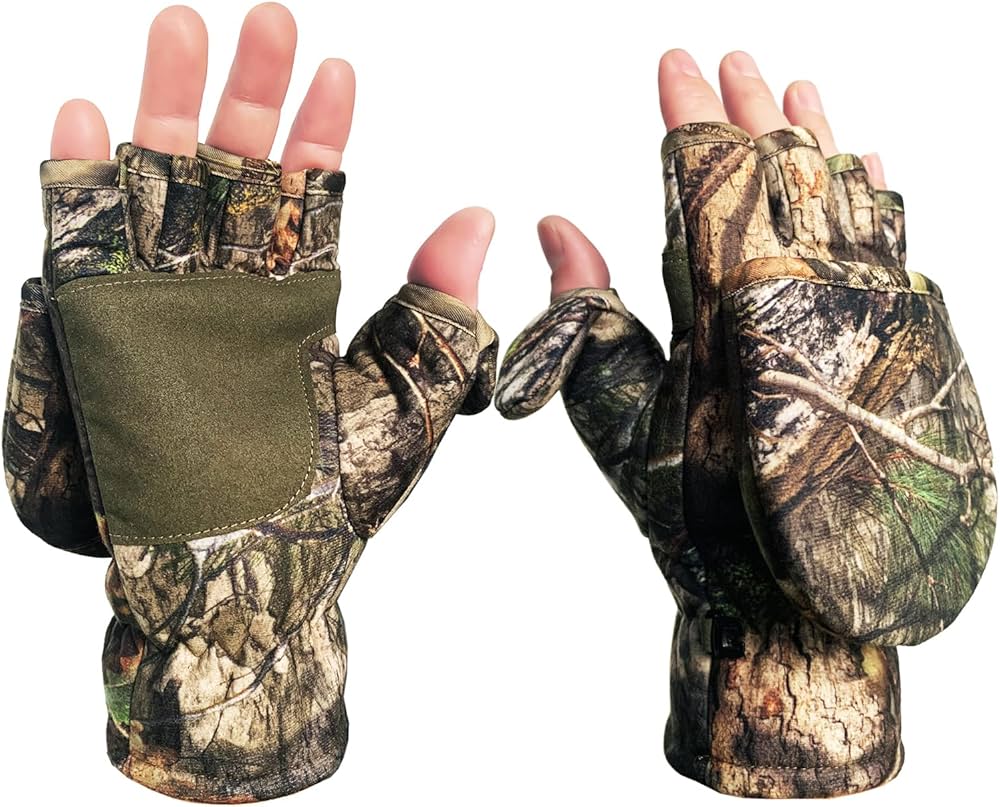 Wildlife photography often means dealing with cold or changing weather, so fingerless or touchscreen gloves are very useful. These gloves keep your hands warm while letting you use your camera easily. Fingerless gloves let you press buttons, turn dials, and use touchscreens without taking them off. This is helpful in cold weather since removing gloves again and again can be uncomfortable.
Wildlife photography often means dealing with cold or changing weather, so fingerless or touchscreen gloves are very useful. These gloves keep your hands warm while letting you use your camera easily. Fingerless gloves let you press buttons, turn dials, and use touchscreens without taking them off. This is helpful in cold weather since removing gloves again and again can be uncomfortable.
Touchscreen gloves are great for photographers who use camera or phone screens. They have special fingertips that let you tap, swipe, and zoom without taking them off. This makes it easy to check photos, change settings, or use apps while outside. Made from light and flexible materials, these gloves keep you comfortable and allow free movement.
Fingerless and touchscreen gloves also help you grip your camera better. Many have non slip palms, so you can hold your camera firmly, even in wet or slippery conditions. Some gloves are also water resistant or windproof, making them useful in different weather. If you’re taking photos in the cold, rain, or rough areas, these gloves keep your hands warm, safe, and ready to take great wildlife shots.
Neck Gaiter or Balaclava
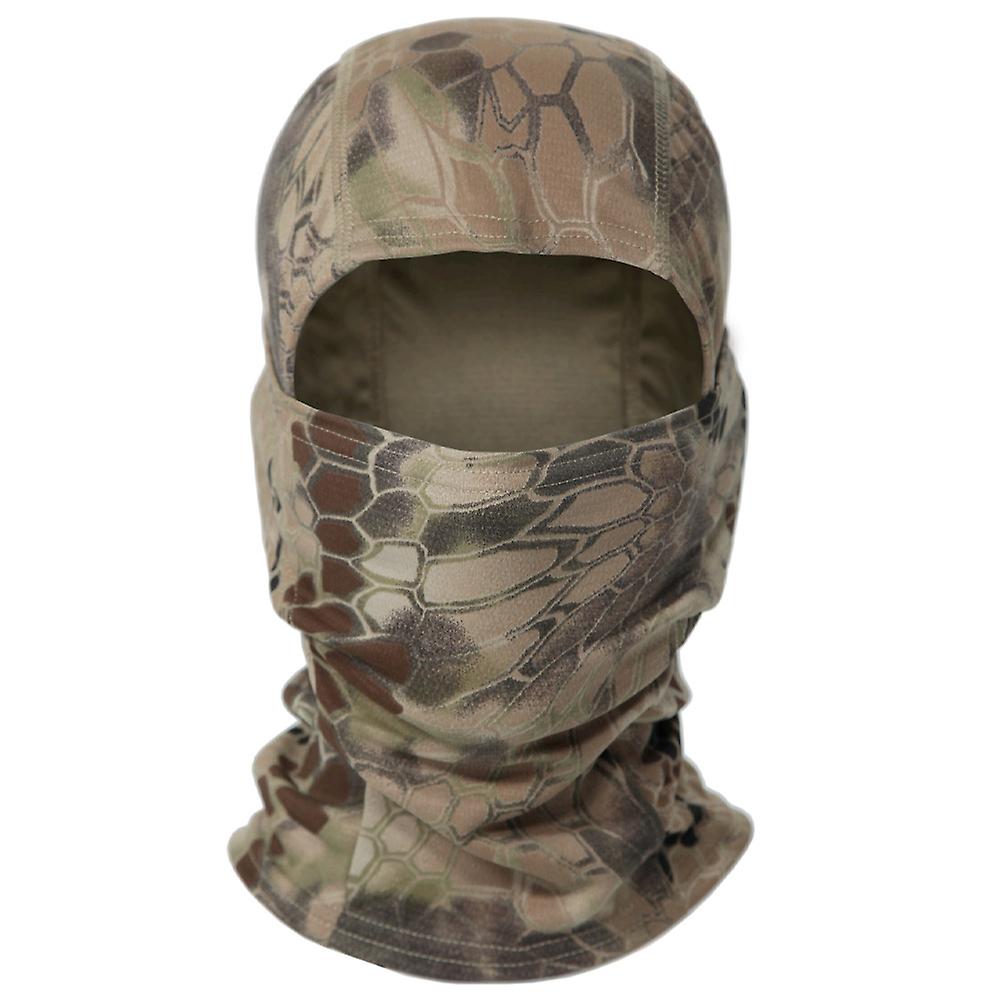 Wildlife photographers spend long hours outside, so they need protection from the weather. A neck gaiter or balaclava helps keep them comfortable in different conditions. These accessories cover the face, neck, and head, protecting against cold wind, dust, and sun. A neck gaiter is a simple fabric tube that can be worn in different ways, while a balaclava covers more of the face for extra warmth. Both help you stay warm in the cold and prevent sunburn in hot, dry places.
Wildlife photographers spend long hours outside, so they need protection from the weather. A neck gaiter or balaclava helps keep them comfortable in different conditions. These accessories cover the face, neck, and head, protecting against cold wind, dust, and sun. A neck gaiter is a simple fabric tube that can be worn in different ways, while a balaclava covers more of the face for extra warmth. Both help you stay warm in the cold and prevent sunburn in hot, dry places.
A neck gaiter or balaclava is light and easy to breathe through. Many are made from fabric that pulls sweat away from your skin, keeping you dry. This is useful when hiking or waiting for the right shot in hot or dusty places. Some gaiters also block UV rays, helping protect you from the sun on bright days.
Another great feature of a neck gaiter is that it’s easy to use and can be pulled up or down based on the weather. A balaclava gives more coverage and is great for very cold places. Both help you blend in by covering your skin. With a neck gaiter or balaclava, wildlife photographers stay safe, comfortable, and focused on getting great shots without worrying about the weather.
Conclusion
Wearing the right clothes is important for wildlife photographers who spend hours outside in different weather. The right outfit keeps you comfortable, safe, and focused on taking great photos. Light, breathable fabrics help in the heat, while waterproof and windproof layers keep you warm and dry in the cold. Every piece, from cargo pants to hiking boots, is made to be strong, flexible, and protective so you can move easily and focus on your photography.
With the right gear, you can stay hidden from animals, stay safe from the weather, and stay comfortable during long hours of photography. If you’re walking through the forest, waiting in the cold, or taking photos in the hot sun, the right clothes make everything easier. Good quality clothing and accessories keep you comfortable and help you take great wildlife photos.
Read Next: Best Camouflage Gear for Wildlife Photography: Best Options
